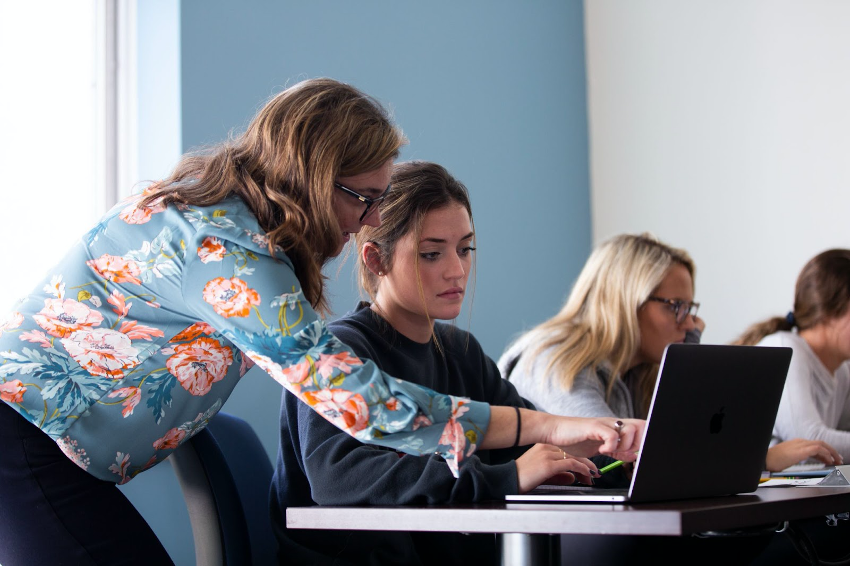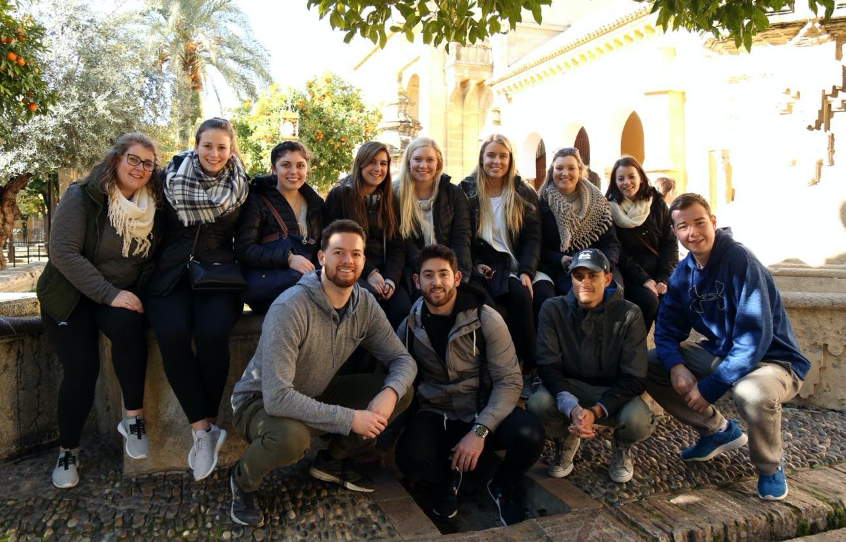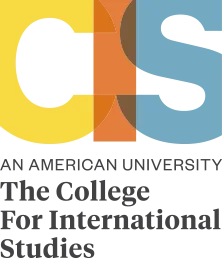If you’re planning to study abroad in the US (for a full degree or a shorter period), you’ll need to apply for a US student visa. And now you may be wondering, how many types of visas are there and which is the difference?. Here’s a quick guide to the three types of student visas for studying in the US.
F Visa
The F Visa is for international students who are intending to pursue an academic degree at an accredited US college or university or to study English at a university or intensive English language institute.
There are three types of F visa:
- F1 visas for full-time students.
- F2 visas for dependents of F1 visa holders (spouse and unmarried children under the age of 21). It includes same-sex married couples.
- F3 visas for ‘border commuters’: Mexican and Canadian students who live in their country of origin while attending a part or full-time school in the US.
Students with F1 visas can work on-campus for 20 hours a week or less. Those wishing to work longer hours and off-campus must gain prior authorization from the US Citizenship and Immigration Services. They may also grant work authorization for Curricular Practical Training (CPT) and Optional Practical Training (OPT) for twelve months, without passing more than 90 days of unemployment.
M Visa
The M Visa is for international students who want to be part in a non-academic or vocational study or training at an institution in the US.
There are three types of M visa:
- M1 visas for students engaging in vocational or non-academic studies.
- M2 visas for dependents of M1 visa holders (as in F2 visas).
- M3 visas for ‘border commuters’ as in F3 visas, but for vocational or non-academic studies.
M1 students are admitted to the US for a fixed time period: the length of their training program plus any Optional Practical Training. They must not stay in the US for longer than one year except in the case of extensions due to medical reasons. M1 visa holders are not allowed to work on- or off-campus while studying and may not change their status to F1.
J Visa
The J Visa is for international exchange visitors participating in programs in the US that promote cultural exchange. Whether it is to obtain medical, business or other training, all applicants must meet the eligibility criteria of the program and be sponsored by a private sector or government program. Holders of J visas usually stay in the US for a short period of time, perhaps one or two semesters.
There are two types of J visa:
- J1 visas for exchange students on a relevant exchange program.
- J2 visas for dependents of J1 visa holders (as for F2 visas)
J1 visa holders will need a two-year home-country physical presence (foreign residence) if they are part of a government-funded exchange program, doing graduate medical educational or training. They also need to accomplish this requirement if their training is listed in the Exchange Visitor Skills list (i.e. the J1 visa holder’s home-country has deemed their field of specialized knowledge or skills as necessary to the development of the country). This requirement means J1 visa holders will need to return to their home country for at least two years at the end of their exchange visitor program.
How to Apply
There are several steps to apply for a visa. The order of these steps and how you complete them may vary by the U.S. Embassy or Consulate. Please consult the instructions on the embassy or consulate website.
1. Complete the Online Visa Application
2. Schedule an Interview
Interviews are generally required for visa applicants with certain limited exceptions below. Consular officers may require an interview of any visa applicant.
You should schedule an appointment for your visa interview at the U.S. Embassy or Consulate in the country where you live. You may schedule your interview at another U.S. Embassy or Consulate, but be aware that it may be more difficult to qualify for a visa outside of the country where you live.
3. Prepare for Your Interview

Fees: Pay the non-refundable visa application fee, if you are required to pay it before your interview. If your visa is approved, you may also pay a visa issuance fee, if applicable to your nationality.
4. Gather Required Documentation
Gather and prepare the following required documents before your visa interview:
- Passport valid for travel to the United States. Your passport must be valid for at least six months beyond your period of stay in the United States. Each person who needs a visa must submit a separate application, including any family members listed in your passport.
- Nonimmigrant Visa Application, Form DS-160 confirmation page.
- Application fee payment receipt, if you are required to pay before your interview.
- Photo: You will upload your photo while completing the online Form DS-160. If the photo upload fails, you must bring one printed photo in the format explained in the Photograph Requirements.
- Certificate of Eligibility for Nonimmigrant (F1) Student Status-For Academic and Language Students, Form I-20 or Certificate of Eligibility for Nonimmigrant (M1) Student Status for Vocational Students, Form I-20.
Your school will send you a Form I-20 once they have entered your information in the SEVIS database. You and your school official must sign the Form I-20. All students must be registered in the Student and Exchange Visitor System (SEVIS). Your spouse and/or minor children, if they intend live in the United States with you, will each receive an individual Form I-20.
Additional Documentation May Be Required
5. Attend Your Visa Interview
A consular officer will interview you to determine your qualifications for a student visa and may request additional documents, such as:
- Your academic preparation like: transcripts, diplomas, degrees, or certificates from schools you attended,
- Standardized test scores required by your U.S. school
- Your intent to depart the United States upon completion of the course of study
- How you will pay all educational, living and travel costs.
Review the instructions for how to apply for a visa on the website of the U.S. Embassy or Consulate where you will apply.
Ink-free, digital fingerprint scans are taken as part of the application process. They are usually taken during your interview, but this varies based on location.
Final steps
After your visa interview, the consular officer may determine if your application requires further administrative processing. The consular officer will inform you if this is required.
After the visa is approved, you may need to pay a visa issuance fee (if applicable to your nationality) and decide for the return of the passport and visa to you.
So pick the type of visa you think it fits you best and fulfill your American dream as a student!


